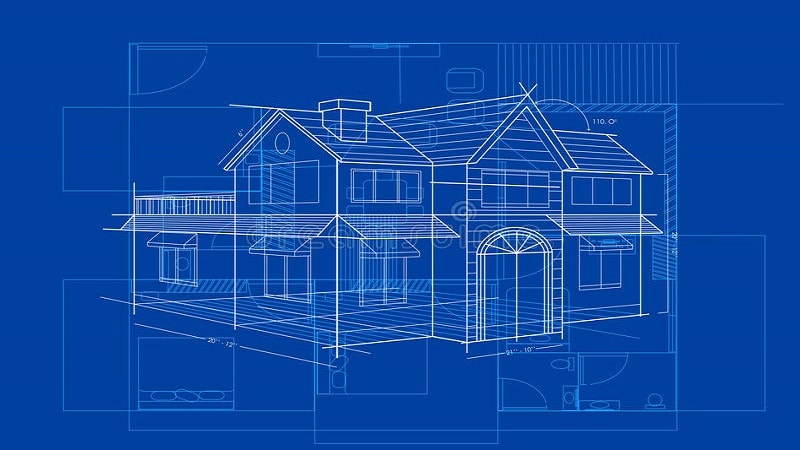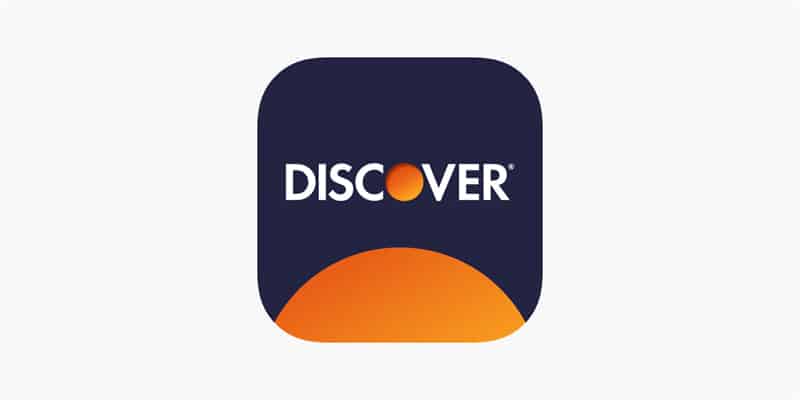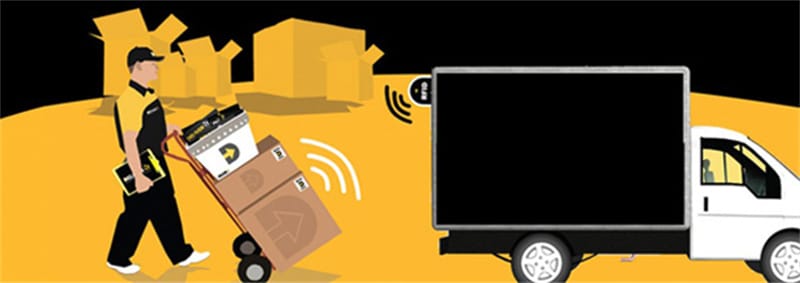
Digital learning is a method of instruction that benefits learners in the long run. Throughout the course, a wide variety of technology-enhanced instructional strategies are employed. Among these are hybrid learning, flipped classrooms, customized learning, and various other methods which utilize digital tools.
Digital learning is often viewed as merely using technology in the classroom, however, that view is incomplete and misunderstands what it is all about. It is not only intended to continue the process of learning, instead, it should also enhance it. This makes its effective use crucial. Therefore, make sure you plan well when you are implementing a digital learning process for your organization. This can be accomplished by using the ‘4D' process of digital learning, Discover, Design, Develop, Deliver
Following is a breakdown of how to use the 4D‘s for a training project:
DISCOVER

To start implementing a solution, it's crucial to thoroughly understand the challenges to be overcome and consider the strengths, weaknesses, and learner's goals. There are a multitude of factors to consider, including a shift in learning, adopting new technologies across the organization, regularly communicating with subject matter experts (SMEs), and having learners with limited internet access or who work remotely.
It is easy to get caught up in the moment. But the truth is that the efforts to design, build, and successfully implement content and technology go much more smoothly when they are supported by mutual understanding. For example, knowing what your learners lack and what your company needs make planning your learning easier.
It is generally possible to complete this phase in a few days, and by determining what the learner's needs are, you can accommodate their needs, allocate resources appropriately, and set up procedures for working with SMEs effectively. It is also at this point that you will decide which learning management system (LMS) will work best for you.
DESIGN
Using this insight, the second step is to create a learner journey that is inspiring. Using a mixture of learning strategies and engagement techniques will allow you to understand the expectations and needs of the audience.
Having the right creative approach is crucial to the process. To do this, your L&D professionals should collaborate with creatives and employee engagement specialists. Thus, it is possible to devise a design for a perfect teaching method as well as one that engages learners.
By creating outlines, scripts, and storyboards right at the start of the journey, you can make sure the content is relevant and compliant from the beginning. By doing so, you'll be able to see how everything works and make sure your content works independently of your preferred delivery method.
DEVELOP
Following the approval of designs and storyboards as well as a shared understanding of project goals, you can begin the development stage.
The Develop phase is about managing the production flow to deliver an outstanding product. Now that you have the design in your mind, it is time to implement it with the help of the LMS you have selected.
LMS comes with various features like customization features where you can select various themes and layouts, multimedia options where you can add images, videos, infographics, and other things, and so much more. If you have selected an LMS with gamification features such as LearnUpon LMS, then you can also get features like scoreboards, badges, and many more.
Furthermore, you can also add QA, assessments, quizzes, and other elements that help in evaluating learners' knowledge and retention. Additionally, to improve your learner's experience, you can add web conferencing, live lectures, and feedback sessions. This will allow them to become comfortable with both the content and delivery method.
Thus, the development of your training sessions depends on the needs of your learners and on the LMS you select.
DELIVER

The right eLearning subject matter experts have been hired, your course design has been meticulously executed, and every multimedia component has been carefully crafted. Now, it's time to let the world know about the excellent eLearning courses you offer. The point of producing great content is to spread it as widely as possible. Identify your target audience or group of learners and let them know about your course.
Delivering great content is enhanced by communication and engagement campaigns. Let's start a campaign now. Create social media promotions, and let people know about your learning program. Provide them with detailed explanations as to what the eLearning course will accomplish or how the course will benefit them if they complete it.
Feature a few modules of your learning system or offer micro lessons so people can get an idea of what you offer. As soon as they understand these factors, they will be interested in your content and enroll in your course.
Conclusion
If you're not sure where to start or are hoping to find a more efficient approach to digital learning development, then follow this 4D strategy. It will ensure that you do things the right way, regardless of how large or small your learning project may be.
By doing so, you will also have a better understanding of how the design and development process is working.










